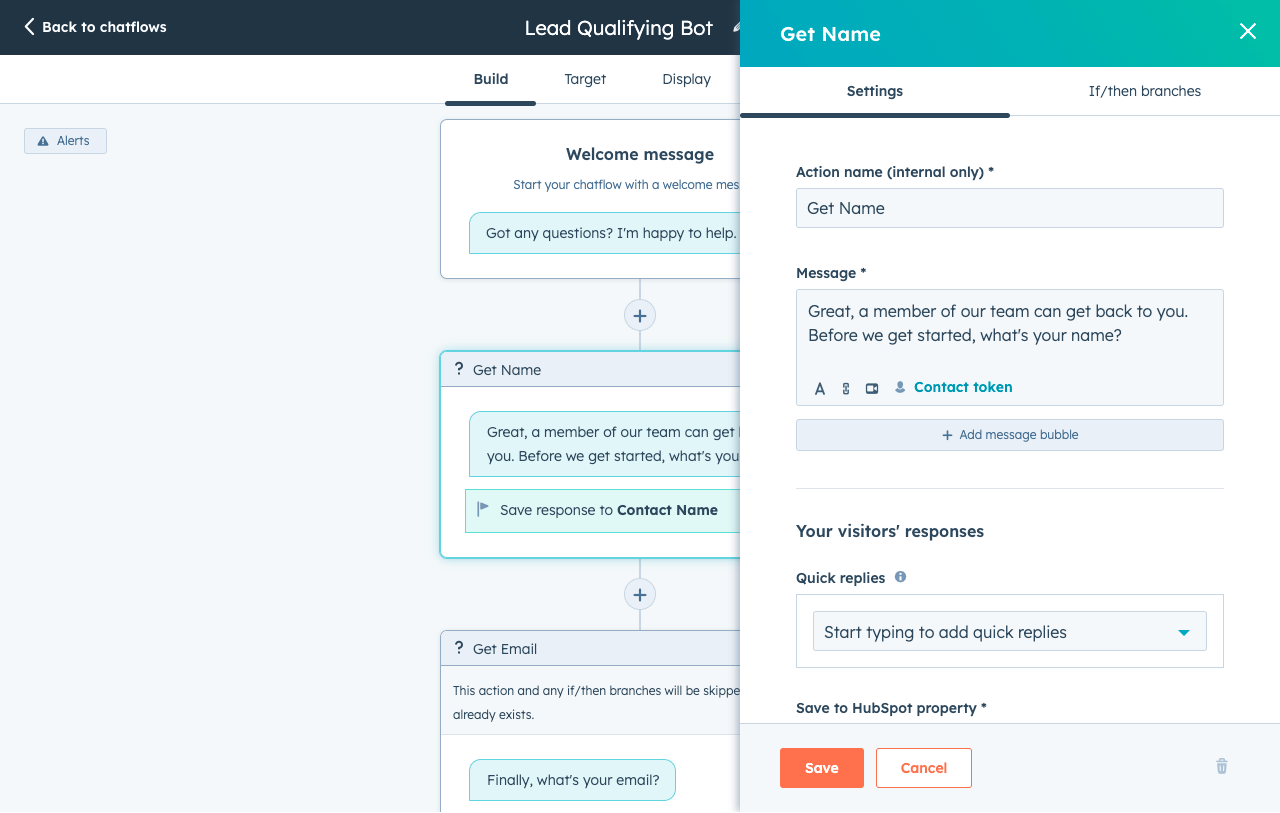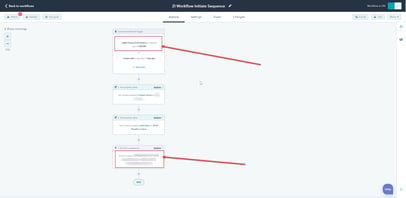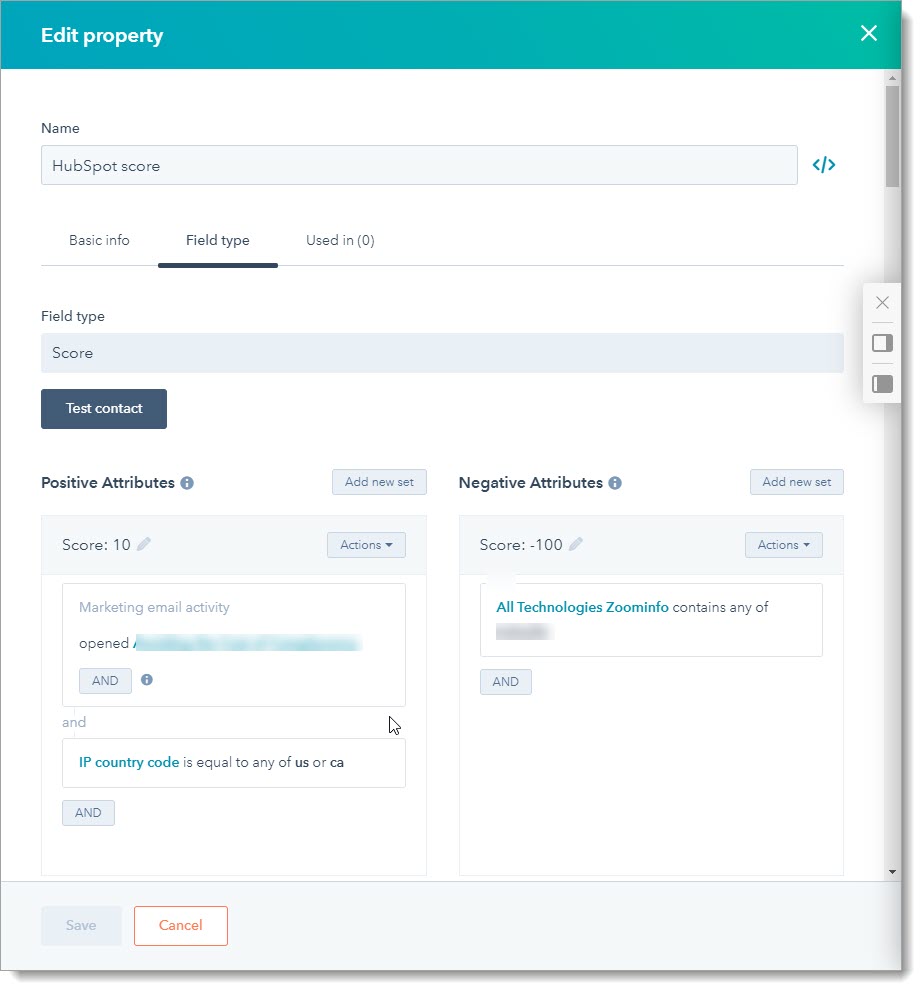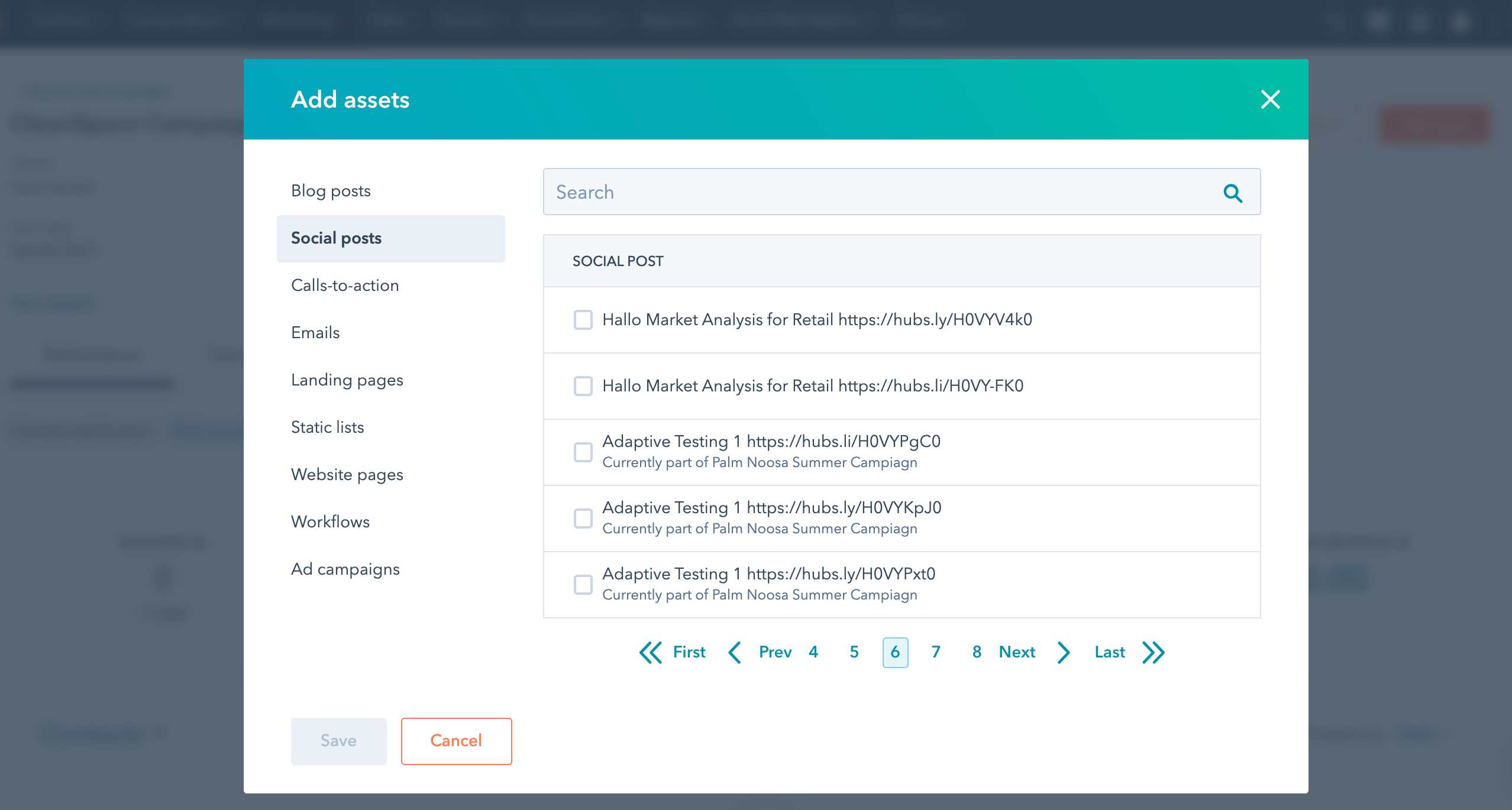Leveraging Buyer Intent Signals in B2B Sales: How B2B Intent Data Helps Identify and Engage Sales-Ready Investors
A 2024 B2B Market and Customer Experience Report by Digital Commerce 360 revealed that 70% of B2B buyers prefer purchasing products online even...


%20(23).png?width=302&height=302&name=_SD%20web%20assets%202025%20(500%20x%20500%20px)%20(23).png)


 When these new contacts and companies enter your CRM, you can trigger automated workflows, creating an email campaign or even an automated email series that directly targets these prospects based on their web behavior. This can prove incredibly effective for lead generation.
When these new contacts and companies enter your CRM, you can trigger automated workflows, creating an email campaign or even an automated email series that directly targets these prospects based on their web behavior. This can prove incredibly effective for lead generation.


 Recognizing buyer intent is a game-changer in the world of digital marketing. Buyer intent data not only identifies businesses that have demonstrated recent interests in your offerings but also sheds light on online behavior trends. It highlights companies that show an increase in content consumption related to your products or services and categorizes this data. This enables marketers and sales representatives to engage prospects at the opportune time with a highly tailored message, enhancing the chances of conversion.
Recognizing buyer intent is a game-changer in the world of digital marketing. Buyer intent data not only identifies businesses that have demonstrated recent interests in your offerings but also sheds light on online behavior trends. It highlights companies that show an increase in content consumption related to your products or services and categorizes this data. This enables marketers and sales representatives to engage prospects at the opportune time with a highly tailored message, enhancing the chances of conversion.
